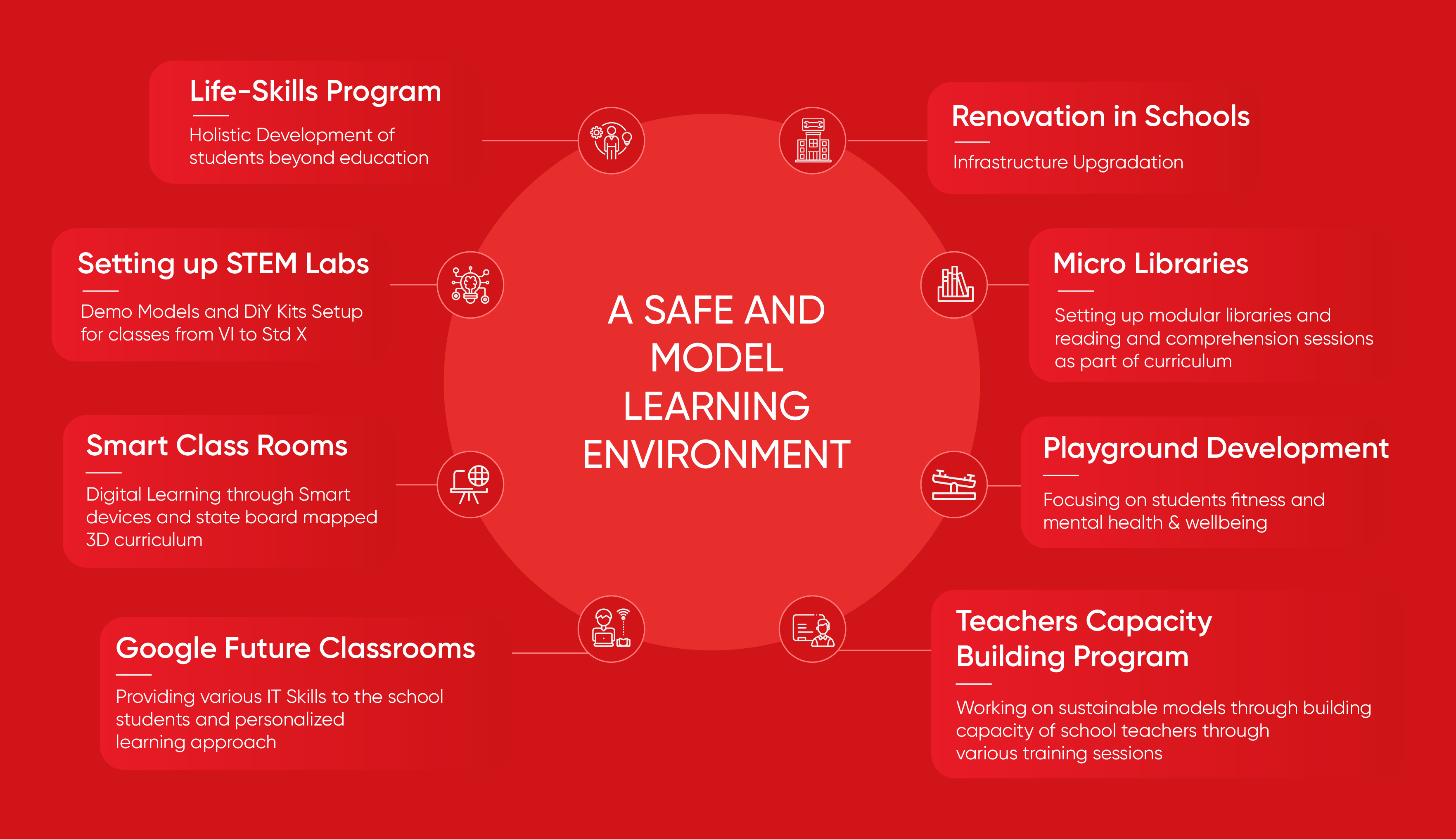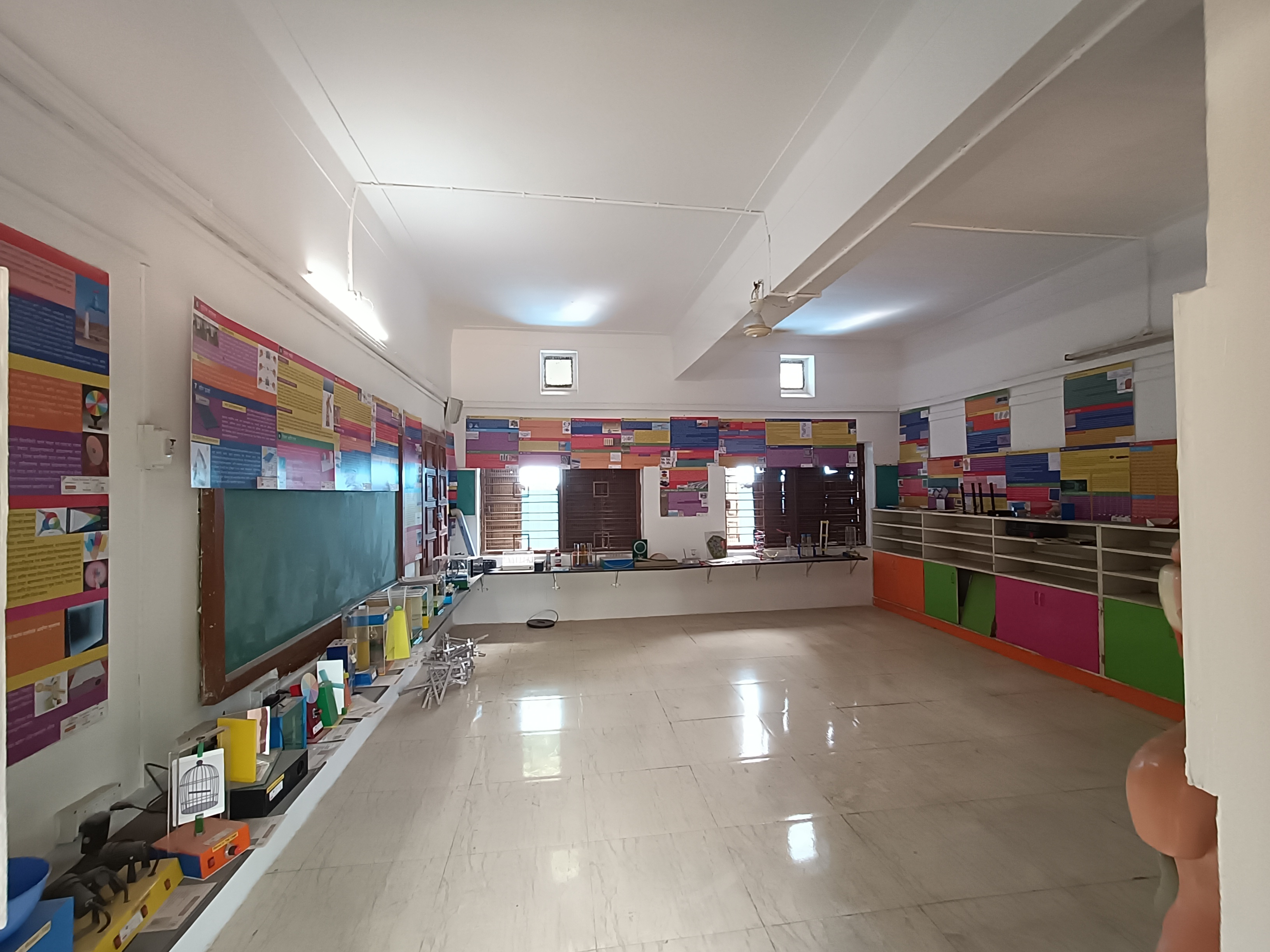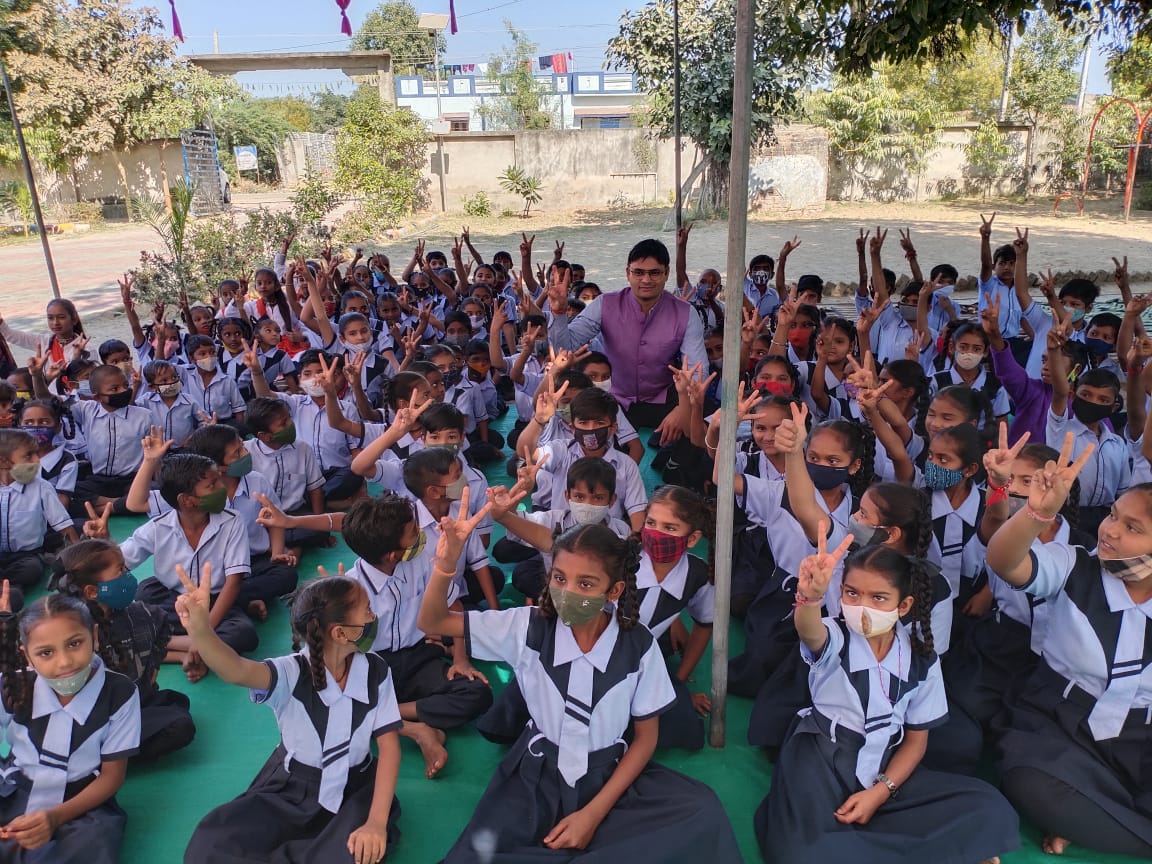But I must explain to you how all this mistaken idea of denouncing pleasure and praising pain was born and will give you a complete account of the system and expound the actual teachings of the great explore
Contact Us
Closing the Gap: Empowering Government Schools
In many regions, government schools struggle to provide quality education due to insufficient facilities, leading to a growing disparity between private and public education. BharatCares addresses this issue by creating model learning environments in government schools, enhancing infrastructure and facilities.
Recognizing the Disparity: Upgrading Government Schools Infrastructure
Government schools play a pivotal role in shaping the future of our nation's youth. However, many of these institutions lack the necessary infrastructure to provide quality education. The Better School Initiative recognizes this disparity and is committed to upgrading the infrastructure of government schools to ensure a conducive learning environment for all students. From classrooms to libraries, from laboratories to playgrounds, our focus is on enhancing every aspect of the school infrastructure.
The Better School Initiative is more than just a construction project; it's a comprehensive effort to revolutionize education in government schools. Our intervention includes:
Infrastructure Upgradation: We undertake renovation and construction projects to modernize classrooms, build new facilities, such as libraries and laboratories, and improve amenities like toilets and kitchens.
Technology Integration: We equip schools with state-of-the-art technology, including digital labs and smart boards, to enhance the learning experience and prepare students for the digital age.
STEM Education Promotion: We emphasize Science, Technology, Engineering, and Mathematics (STEM) education by incorporating STEM-focused curricula and providing resources to foster innovation and critical thinking among students.
Holistic Learning Environment: We create a holistic learning environment that nurtures the overall development of students, fostering creativity, curiosity, and a love for learning.
Green Powered School: Illuminating Minds, Nurturing Nature
Nurturing Sustainable Practices for Himachal Pradesh's Educational Landscape
Himachal Pradesh grapples with energy challenges, relying heavily on non-renewable sources. The Green Powered School initiative integrates renewable energy solutions with progressive education, fostering a sustainable future. By solarizing government schools and implementing an environment sustainability curriculum, we empower students and reduce carbon emissions.
Project Background
Redefining Access: Turning Challenges into Opportunities
India faces declining resources, affecting essential services like education. Lack of basic amenities in schools hampers learning, particularly for underserved communities. Our initiative aims to bridge this gap by refurbishing infrastructure and installing sustainable facilities like solar panels and rainwater harvesting systems.
Proposed Objectives
Empowering Education: Enriching Lives, Building Futures
Enhance school attendance and admissions
Provide sustainable energy sources
Ensure uninterrupted power and water supply
Raise awareness on conservation
Improve overall learning outcomes
Intervention Strategy
Strategic Solutions: Crafting a Path to Sustainable Change
Revamping infrastructure and implementing rainwater harvesting and solar panels form the core of our strategy. Baseline studies, needs assessments, and capacity building sessions ensure effective implementation.
Long-Term Sustainability
Sustaining Impact: Pioneering Change for Generations
Securing agreements with school authorities and capacity building ensure project sustainability. Monitoring and managing resources, along with replicating the model in other schools, ensure long-term impact and scalability.
Join us in creating a brighter, greener future for education in India. Together, let's empower communities and create lasting change.

1,000
Students reached Across 5 states and 2 Aspirational Districts
15,000
We aim to impact students by December 2025






Share: